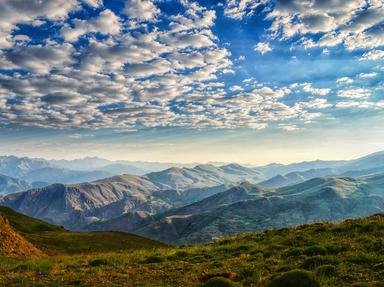
Moving Up Mountains 2 Trivia Quiz
Did you know that the Alps Mountains cover eight countries in Europe? See if you can match the country or countries with their highest peak. Pay attention, though! Some of the peaks are shared by more than one country.
A matching quiz
by ponycargirl.
Estimated time: 4 mins.